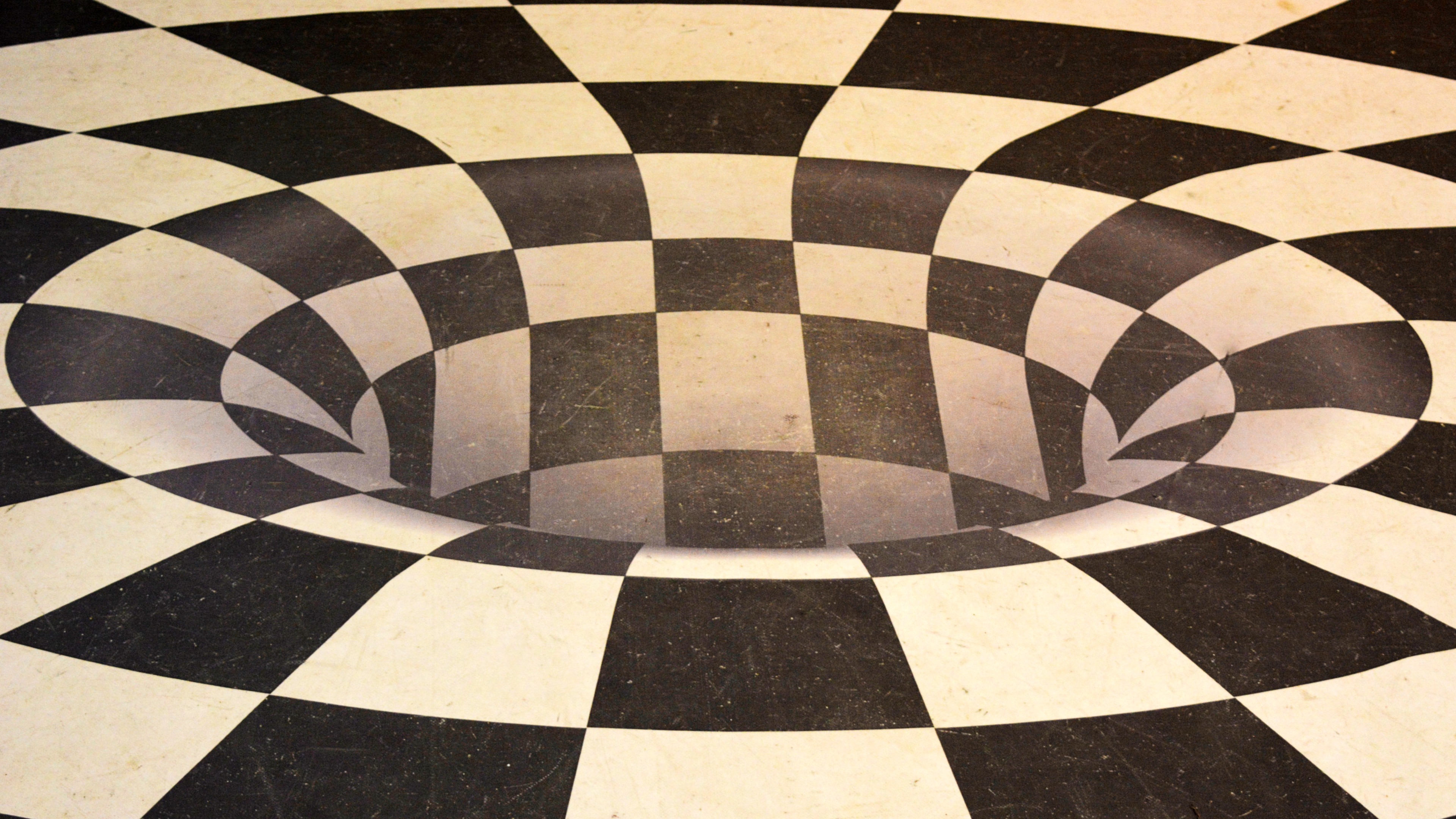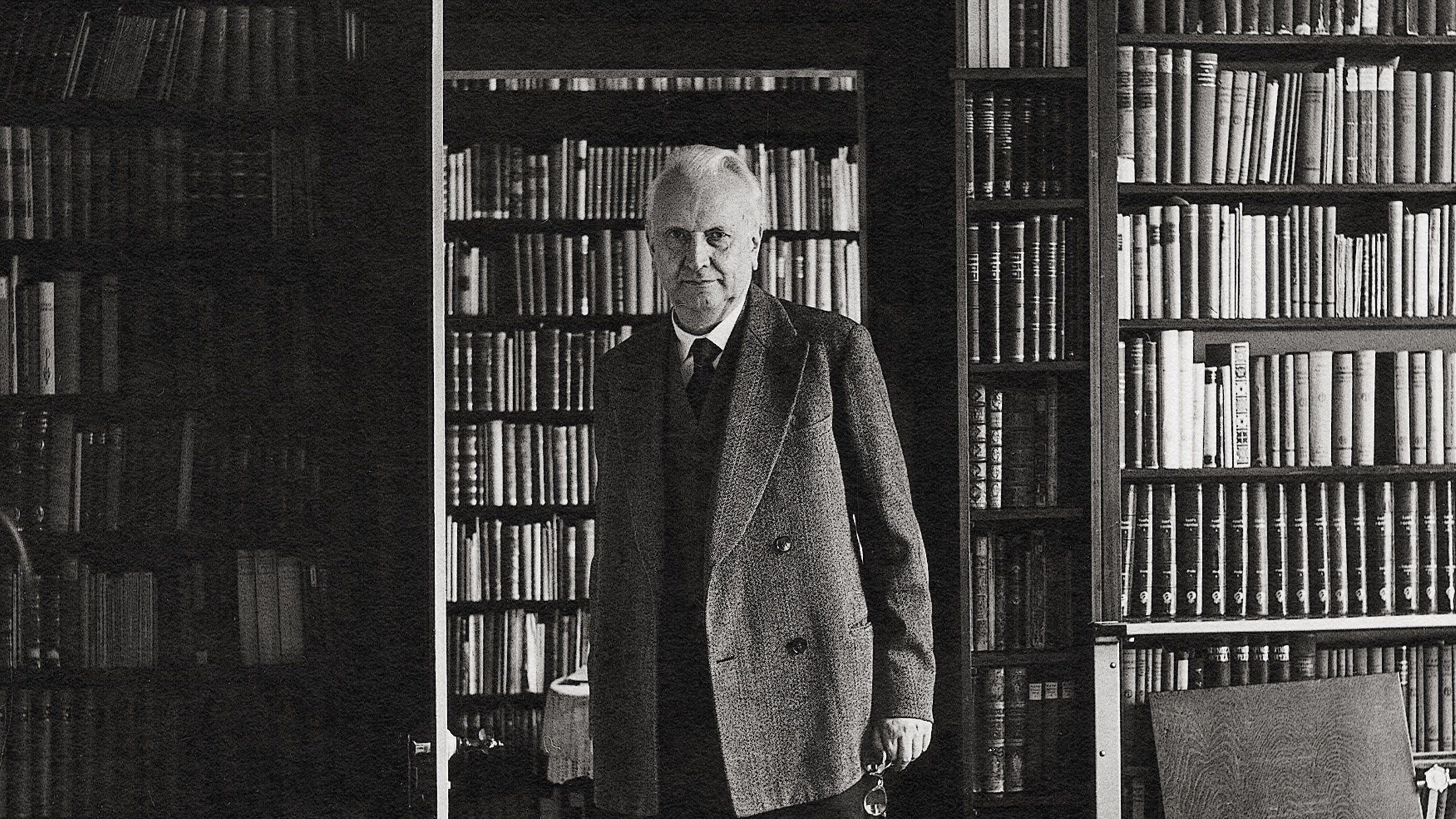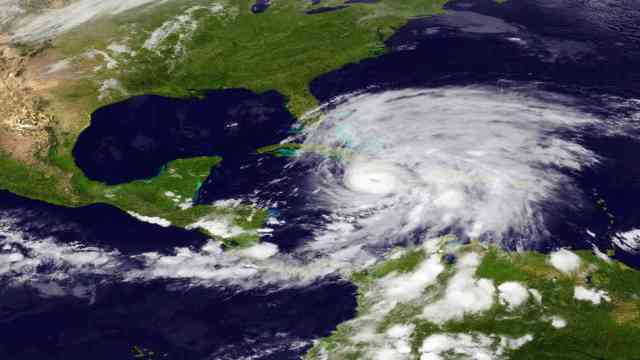Seeing Red: The Impact Of Native American Identity on Alcoholism

All cultures go through a defining period rife with with wars and shaped by great leaders, music, food, and literature. It is our right of passage from isolation to community, from the ephemeral to the historical, from obscurity to identity–a mixed blessing of past shames and promising futures.
For Native American people, identity in many respects is a foreign word. Faced with crippling poverty, violent abuse, and severe alcoholism, Native Americans are kept in a position of dire straits with the American government, and a position of pity with the American public. Which begs the question, what effect does this have on Native American people?
In a New York Times report earlier this year chronicling the tragic death of Marisa Spoonhunter,
who was killed by her intoxicated brother, members of the Wind River reservation in Wyoming were aghast and disheartened at the way their home was portrayed as a land “plagued by violence” and a place where “Brutal acts have become banal.” Michael L. Read, an English teacher on the reservation, stated in a reply that the report reinforced stereotypes.
This is a scenario that often plays out with Native Americans in the media. “News media is supposed to be the truth,” says Pennsylvania State University ethics professor John P. Sanchez, an Apache and Yaqui Native. Sanchez recently revealed the results of his 10 year study of news reports from the Big Three broadcasting stations. During that period CBS, NBC, and ABC covered over 177,000 news reports. Of that number, only 98 were on American Indians. The most popular image? Indians in beads and feathers. “American Indians are seen as two things: a people who’ve not progressed beyond the 18th century and live in poverty or absolutely wealthy from casinos.” Says Sanchez. His study further revealed that among news editors and teachers, their primary source of information about Native Americans was television.
With all due respect to Sanchez, empirical data cannot be denied: over 25% of Natives live below the poverty line versus 13% U.S.1 In addition to this, alcoholism– the main contributor to poverty among Natives– is 6 times the national average, with 12 % of deaths on reservations considered alcohol-related. The national average of alcohol-related deaths stands at 3.3%.2 Though these statistics are the truth, they are not an accurate depiction of Native American life. How is the Native point of view supposed to be accurate when widespread cultural depictions go little beyond Pocahontas and the occasional NPR news report? This skewed version of reality gives little voice to Indian Country; however, the blame does not solely rest on the media.
“Identity is something everybody deals with,” said prominent Tewa artist Rosemary Lonewolf from her Santa Clara reservation in New Mexico. “Traditionally, we [Tewa] enroll through the mother.” But, as she recounts, that has changed as Natives on her reservation and others alike adopt the Anglo mentality of patriarchal inheritance. “Now others, whose heritage is like mine–half–cannot own land if their mothers are Native. They can participate in ceremonies, but they are not considered one of us. They can’t inherit their mother’s land,” she laments.
Both within and outside the reservation, Natives are having their identity taken from them, and the undeniable result is another round in the vicious cycle of depression, violence, and addiction. As Lonewolf simply puts it; “If your home is not supportive, you have no support system.” Although she herself has never suffered from alcoholism or addiction, Rosemary has seen it cripple many people on the reservation including those closest to her. She has also seen the recovery process fail time and time again.
Typical rehabilitation facilities, though they provide therapy, by most accounts do not focus on cultural identity, or in the Native case, the loss of one. Phoebe Dufrene, Division of Art and Design for the Department of Creative Arts at Purdue University and author of the essay Utilizing The Arts For Healing From A Native American Perspective: Implications For Creative Arts Therapies writes:
Native Americans regard art as an element of life, not as a separate aesthetic ideal. In Aboriginal societies, the arts are aspects of public life which bring together dancing, poetry, the plastic and graphic arts into a single function: ritual as the all embracing expression. Art is indispensable to ritual, and ritual is the Native American concept of the whole life process. (Dufrene 123)
Rosemary agrees: “I don’t know if [Art] is a conscious thing. Native art came out of ceremonies. It wasn’t originally something for making money. The baskets that I make in my art, that was a household chore for women.”
There are few art-based rehabilitation institutions and even fewer Native-based ones. Studies on art therapy have proven effective for terminal cancer patients, veterans, and children, yet it is met with mixed opinions and is often seen as play by naysayers. However, play seems to be exactly what the doctor ordered. “I had total freedom. I could just lose myself in play,” says Lonewolf on her battle with depression. When asked if Native art and its role in reaffirming identity was a valuable tool in the rehabilitation process, she said, “Finding a way to the center where your strengths are…that was my way out.”
If you or someone you know is struggling with alcoholism or addiction, act now.





